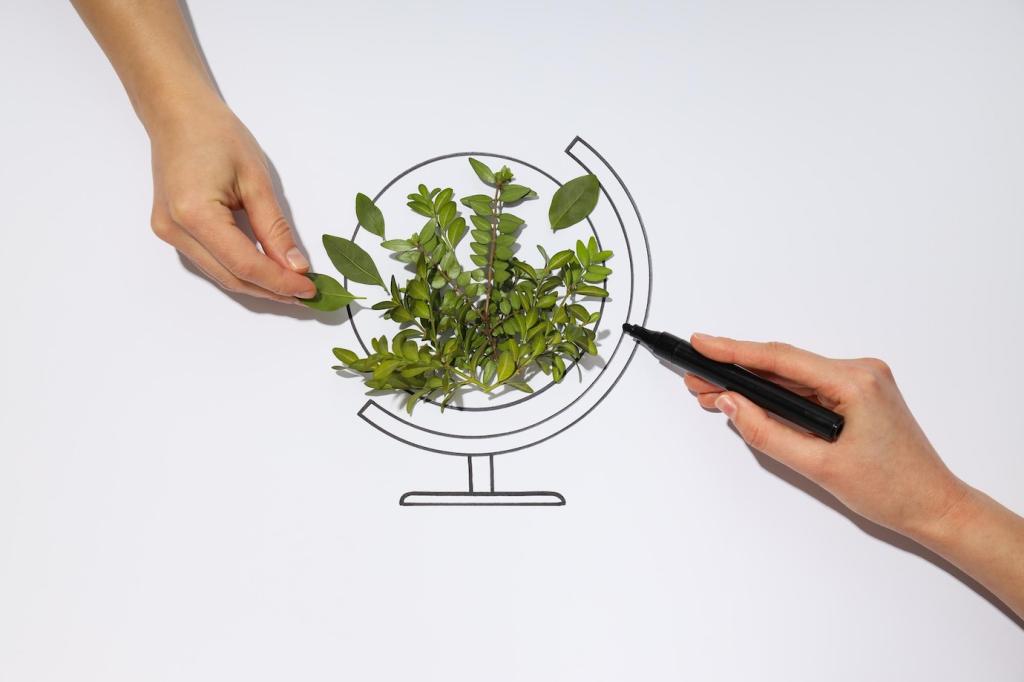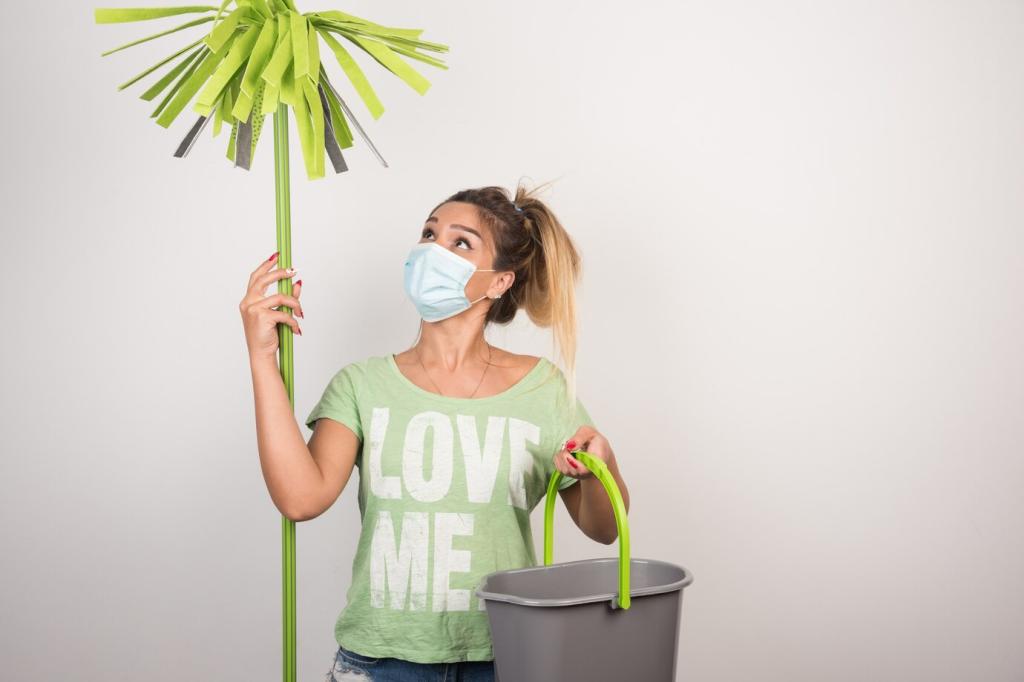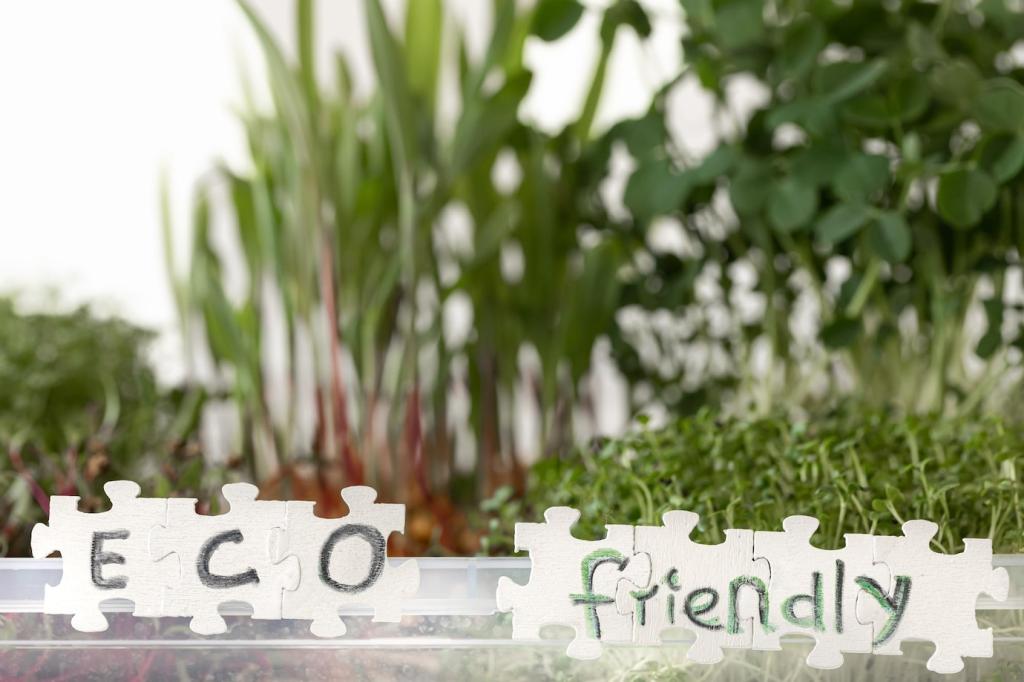Wood Revival With Natural Polishes
Melt grated beeswax with olive oil over low heat, cool to a soft paste, and massage into wood following the grain. Let it rest, then buff vigorously. This balm enriches tone, repels minor spills, and leaves a natural, honeyed fragrance.
Wood Revival With Natural Polishes
Blend carnauba wax flakes with a little walnut oil for a harder, glossier finish on dining tables and desks. Apply sparingly, allow gentle curing, and buff with a clean cotton cloth. The durable layer resists fingerprints while remaining food safe.








